#arctic circle
Text




Landscapes in the Arctic Circle
#nature#landscape#vscocam#travel#outdoors#Svalbard#norway#tumblr radar#photographer on tumblr#artists on tumblr#arctic circle#arcticadventures
359 notes
·
View notes
Text
Y’all ever read the reviews for Beechey Island?
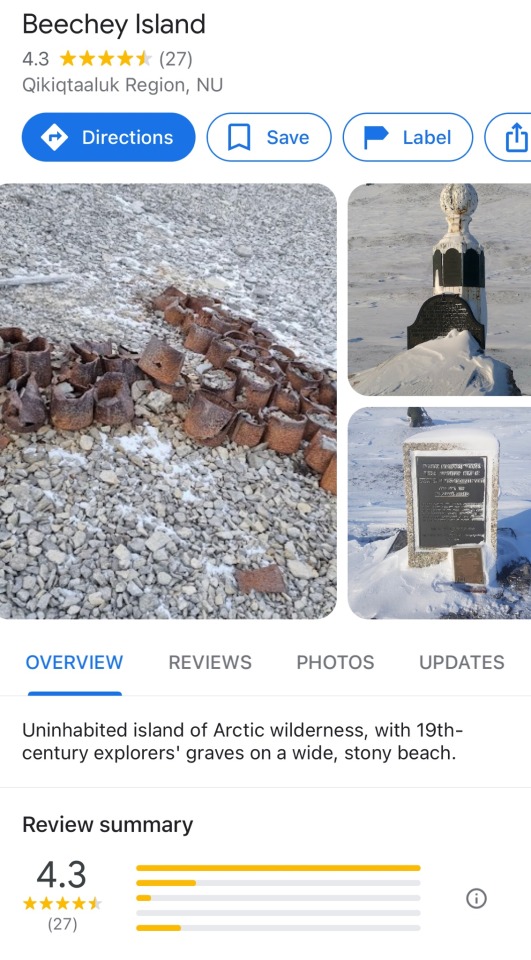



#the terror amc#the terror#dan simmons#beechey island#history#franklin's lost expedition#franklin expedition#captain crozier#james fitzjames#cornelius hickey#arctic circle#northwest passage#exploration#voyage#google reviews#john franklin
1K notes
·
View notes
Text
The 1987 Montreal Protocol, which phased out the production and use of chemicals that were depleting the ozone layer, has long been considered one of the most successful environmental treaties in history. New research finds that the global pact achieved another unforeseen benefit: delaying the melting of Arctic sea ice.
In a study published Monday in the Proceedings of the National Academy of Sciences, researchers from the University of Exeter and Columbia University found that the implementation of the Montreal Protocol is delaying the first ice-free Arctic summer by up to 15 years. That’s because the chemicals banned under the agreement are also potent greenhouse gases.
“Our results show that the climate benefits from the Montreal Protocol are not in some faraway future: the protocol is delaying the melting of Arctic sea ice at this very moment,” Lorenzo Polvani, one of the study’s authors, said in a press release.
The study authors ran a series of climate models based on two different scenarios: one that included levels of ozone-depleting substances that would be expected if the Montreal Protocol never existed, and another accounting for the global treaty. The researchers concluded that the protocol is postponing the first ice-free Arctic summer by a decade or more, and entirely due to the phasedown of ozone-depleting chemicals.
The Montreal Protocol was created to address a hole in the stratospheric ozone layer over the Antarctic. The ozone layer protects the Earth from harmful ultraviolet radiation that causes skin cancer and cataracts in humans. The treaty phased out almost 100 chemicals — including aerosols used in hair spray and other products, refrigerants, and solvents — that were found to be responsible for destroying stratospheric ozone.
Those banned chemicals, collectively called ozone-depleting substances, or ODS, are also potent greenhouse gases, with up to tens of thousands times the global warming potential of carbon dioxide. The report authors estimate that 1 metric ton of avoided ODS emissions leads to 7,000 square meters (more than 75,000 square feet) of avoided Arctic sea loss. By way of comparison, 1 metric ton of carbon dioxide emissions results in about 3 square meters (about 32 square feet) of sea ice loss.
Given the potency of ODSs as a greenhouse gas, the authors are not surprised at this outsize impact on Arctic sea ice levels. “Nonetheless, such a large mitigating impact of the Montreal Protocol on Arctic sea ice loss is remarkable if one keeps in mind that the protocol was aimed at preventing ozone depletion in the Antarctic stratosphere, and little was known of its effect on Arctic sea ice when the protocol was signed,” the authors noted.
According to their projections, the Montreal Protocol has already prevented more than half a million square kilometers (about 193,000 square miles) of sea ice loss. By 2030, that amount will rise to more than 1 million square kilometers, and to 2 million square kilometers of prevented Arctic sea ice loss by 2040.
-via Grist, 5/24/23
#arctic#arctic circle#arctic ocean#arctic ice#sea ice#climate change#global warming#sea level rise#montreal protocol#cfc#hfc#greenhouse gasses#carbon dioxide#if we hurry#we can absolutely buy ourselves the time to save ourselves#as someone constantly looking at good news developments in the environment and green tech I truly believe that#good news#hope
417 notes
·
View notes
Text

Lt. Commander Richard Byrd testing the glasses he planned to use during his flight over the North Pole. He sailed from New York on the S.S. Chantier on April 1, 1926. With him is Dr. Daniel O'Brien of John Hopkins University, who acted as a medical aid on the expedition. When Byrd returned, he became a national hero.
Photo: Associated Press
#vintage New York#1920s#Richard Byrd#polar exploration#polar expedition#North Pole#Arctic Circle#North Pole flight#Arctic flight#April 1#1 April
83 notes
·
View notes
Text

Touring and camping in the Arctic Circle at Kaunispaa
Finland
1963
#vintage camping#campfire light#finland#arctic circle#kaunispaa#road trips#camping#history#classic cars#1960s
125 notes
·
View notes
Text
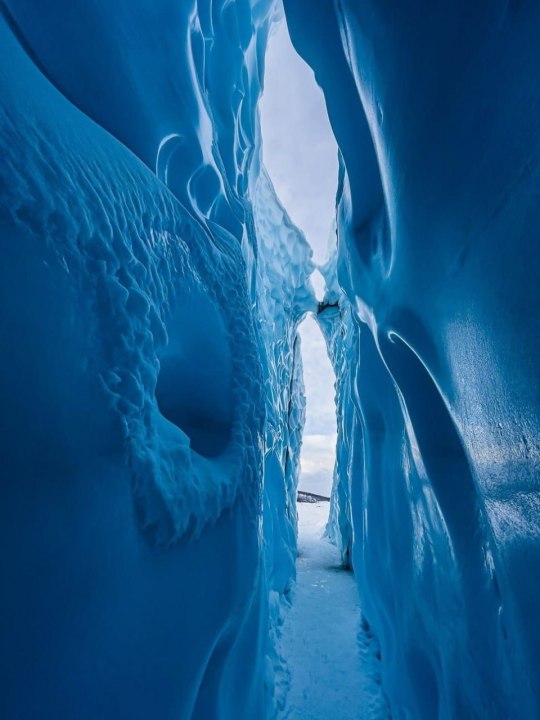

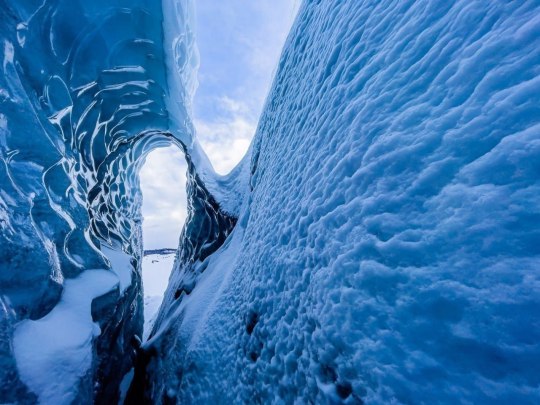

#snow aesthetic#snow#blue archive#blue aesthetic#landscape#photography#north pole#earth#moodboard#blue moodboard#arctic circle#antarctica#ice age#ice and snow#ice aesthetic
129 notes
·
View notes
Text

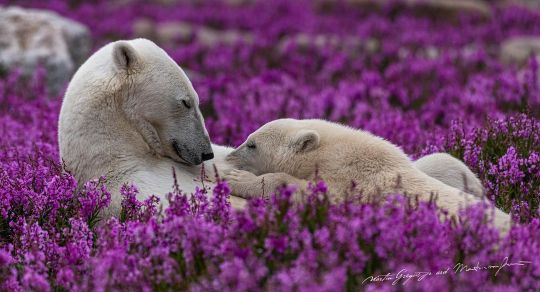


Family Portrait l Martin Gregus
#polar bears#animals#arctic circle#earth#polar bear#baby bear#animal#nature#photography#photos#wildlife#wild animals#bear cub#cute animals#drone shot
1K notes
·
View notes
Text



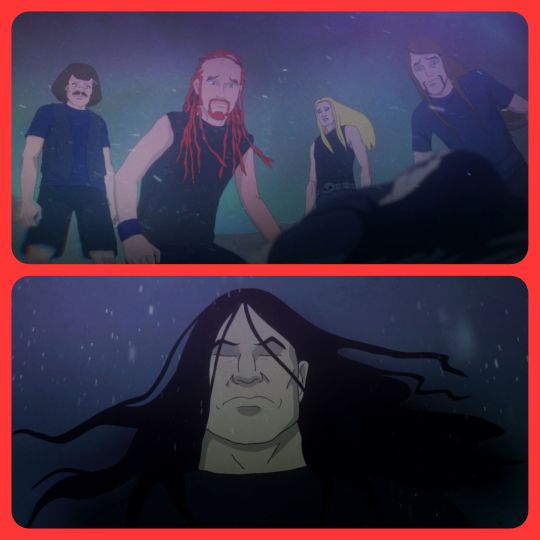






"People of the Earth: This is Dethklok. You don't have to be afraid anymore." - Nathan Explosion (Army of the Doomstar)
#army of the doomstar#doomstar requiem#doomstar duology#vater orlaag#charles foster offdensen#PRIEST FIGHT#salacia#arctic circle#armageddon closer#armageddon outta here#dethklok#metalocalypse#adult swim#brendan small#william murderface#toki wartooth#skwisgaar skwigelf#nathan explosion#pickles the drummer#church of the black klok
74 notes
·
View notes
Photo
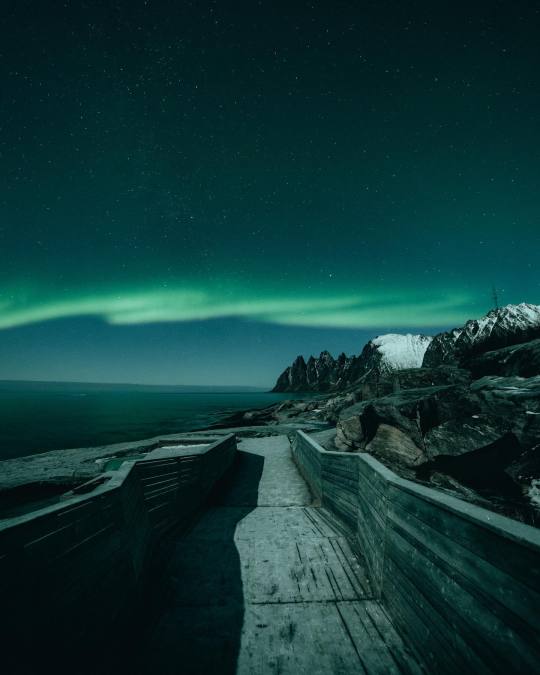

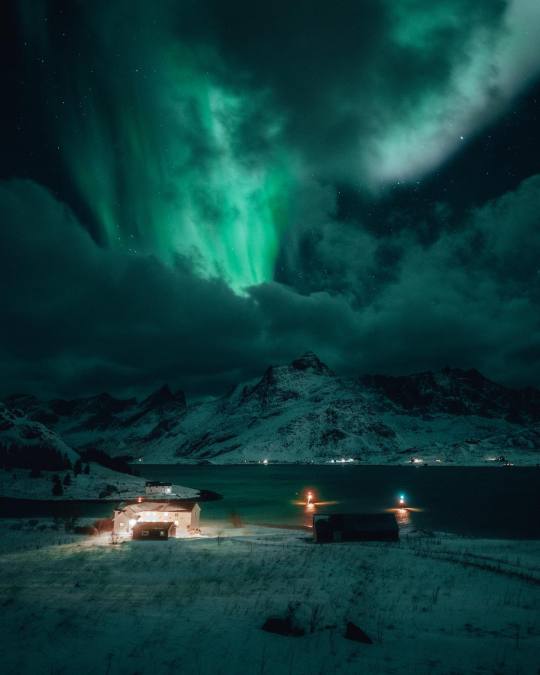

“ Life under the arctic sky “ // Steffen Fossbakk
#Norway#nature#landscape#Aurora#borealis#arctic circle#aesthetics#wanderlust#explore#follow#discover
267 notes
·
View notes
Photo

Iceland and the Arctic Circle. You may notice that a small part of the state of Iceland is located north of the Arctic Circle.
80 notes
·
View notes
Text
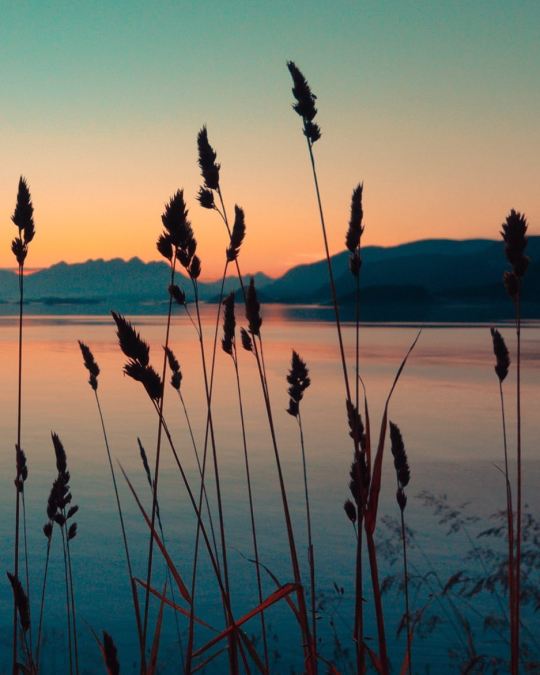
By Mitchell_Routs
40 notes
·
View notes
Link

““It’s happening now,” Norwegian said. “We need to work as leaders and partners with scientists to see what is coming. We also need to get our own act together.”
Not only are First Nations and the Inuit working closely with Western scientists to inventory and study their lands, but they have also made striking progress setting aside vast tracts of land and ocean, a decades-long push that has recently gained momentum and now amounts to tens of millions of acres. Conservationists say the scale of these efforts is unprecedented.
“The scale of these land withdrawals is certainly far exceeding even the imaginations of conservationists in the U.S., or really from most of the world,” said Jeff Wells, vice president of boreal conservation for the National Audubon Society.
Gerald Antoine, regional chief for Northwest Territories in the Assembly of First Nations of Canada, said he believes the goal in setting aside so much territory is to preserve a traditional way of life by working with scientists—as well as hunters and trappers—to better understand what threatens northern ecosystems and to preserve major portions of their lands from resource development.
“That’s really the best way of dealing with climate change,” he said...
--
Protected Land and Waters
The most recent acreage slated to be withdrawn for conservation in the Northwest Territories is a vast area of wetlands from the Sahtu region. Known locally as Ts’udé Nilįné, the Ramparts River and Wetlands is rich in oil and gas. But it is also culturally important and internationally recognized for its high volume of carbon-dense wetlands and its importance for migratory bird populations. If all goes according to plan, the protected area will be more than twice the size of Yellowstone National Park and will be closely studied by Sahtu hunters working with scientists from Ducks Unlimited, the University of Saskatchewan, and a multidisciplinary group of academic researchers, government, and private industry partners.
Eight years earlier, the Sahtu Dene signed an agreement with the Canadian government to create Nááts’įhch’oh, a 1.2-million-acre national park that protects the headwaters of Nahanni National Park, a United Nations World Heritage site and a traditional hunting ground for the Dehcho Dene. Last June, the Dehcho finalized a deal with the Canadian government to include 3.5 million acres of their land in the Horn Plateau, the Hay River Lowlands, and the Great Slave Plain on the list of national wildlife areas. Edéhzhíe is now the first Indigenous National Wildlife Area in Canada.
Apart from Edéhzhíe, nearly 12 million acres of land has recently been set aside in the Northwest Territories under various acts. Another 6.5 million acres are under consideration for conservation withdrawals.
In the Yukon, 13.8 million acres were recently set aside for the Peel River watershed, with another 9.8 million slated for the Dawson region, and nearly 5 million acres along the Yukon North Slope.
In the eastern Arctic, the Canadian government and the Qikiqtani Inuit Association signed a landmark agreement in 2019 to establish the Tallurutiup Imanga Lancaster Sound National Marine Conservation Area, Canada’s newest and—at 27 million acres—by far its largest marine protected area.
In the Hudson Bay Lowlands of northern Manitoba, three Indigenous communities in the Seal River watershed are working, along with several conservation groups, to protect 12 million acres of boreal peatlands. The mineral-rich forest and tundra watershed hold 1.7 billion tons of carbon, equivalent to eight years’ worth of greenhouse gas emissions in Canada.
“Down here in the U.S, or even in southern Canada,” said Wells, “it is considered a triumph to conserve a parcel in the thousands of acres, while these Indigenous-led initiatives in Canada are conserving landscapes in the millions of acres. That higher-level vision and ambition is what is needed to confront the biodiversity and climate change crises.”” -via Yes! Magazine, 12/27/22
#land back#indigenous#indigenous peoples#indigenous land#stolen land#canada#inuit#manitoba#conservation#national parks#first nations#sahtu dene#yukon#arctic circle#good news#hope
421 notes
·
View notes
Text
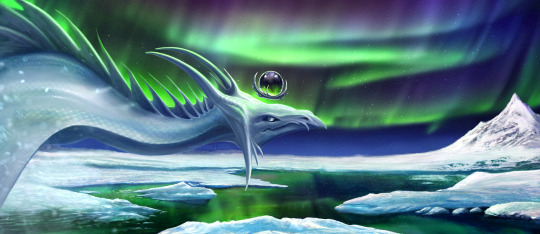
Needed a banner for the various platforms, so decided to whip one up quickly c:
#my art#aurora borealis#northern lights#ice#snow#arctic circle#dragon#dragon art#fantasy art#digital art#digital painting#illustration#artists on tumblr
21 notes
·
View notes
Text
Arctic Solarpunk

Let me continue with areas, that kinda get overlooked when it comes to Solarpunk worldbuilding, even though there is of course the anthology "Solarpunk Winters". Which is something I really do enjoy as a concept.
Yesterday we already talked: Most Solarpunk is set either in foresty (sub)tropical climates or in temperate climates. Which is also what the aesthetic focuses on.
But, of course, quite a few people live in colder climates. Especially up north. Sure, again, most humans will be drawn towards the temperate climates, but there are and always will be people living in colder climates.
So... How do we solarpunk this up?
First of all: One thing that humans living in those climates will not get around is heating. Because humans are not made to survive in cold temperatures, so we need heat. Probably one of the reasons our ancestors once upon a time figured out the entire fire thing.
At this point we can now argue, whether or not we should allow people living in those areas to burn some sort of ressource, even though it creates CO2, just on the basis that only few people will live there.
But again, like in the deserts, we will also be able to use something else: Passive warming through heat exchange. Because we can in fact warm buildings and other facilities through the heat from the ground.
In some areas, like Iceland or Hokkaido, this works even better, because we have geothermically active ground, so we can draw a lot of heat from the ground and use it for all sorts of purposes.
But there is also the food problem. See, historically speaking, cultures living far up north tended to go down more on the "gathering and hunting" part of the human evolution. Even though they had the knowledge about farming, they barely used it. Because farming so far up north is hard for several reasons. Outside of the temperatures, that do not work with a lot of crops, there is just simply the fact, that it is pretty dark for half of the year, which does not make for good growing.
So, a lot of these cultures lived especially from meat of all sorts and fish. With the cold temperatures being used to allow to keep the meat fresh for longer. We still see this to this day with the Inuit, of whom many will still mostly hunt for survival.
But, of course, within a Solarpunk world we would also have other possibilities to grow crops. For example we could create massive green houses, that also use artificial lights to keep the crops growing during the dark months of winter. We could also heat this up with warmth from the earth and geothermal heating.
And speaking of geothermal: We can use geothermal energy to create electricity as well. This is already done today in Iceland to account for some of the energy use of the island.
Otherwise it is a bit more dire when it comes to energy. While a lot of northern places do have access to bodies of water and hence also to hydroenergy, photovoltaic often does not work, due to the dark months. In fact, in the colder climates often wind turbines do not work either, as we have not figured out how to keep them going during especially cold periods and them also creating additional hazards.
So, this is something to most certainly keep in mind.
Other than that: Even the colder climates are habitat to a lot of fauna and some flora. As such we need to keep in mind that they have as much of a right to live their as we have.
Oh, and if you wonder: What is with the cold areas in the South?
Well, in general the habitable landmasses do not reach as far south as they do reach north. So even stuff like the tip of South America are not as extreme as northern regions. And Antarctica will never be home to any human, who ain't there for scientific reasons.
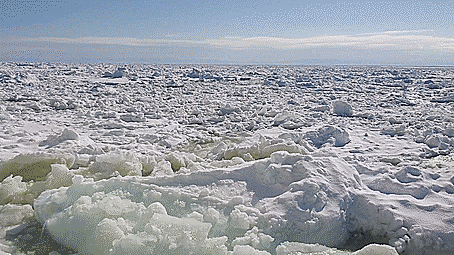
#Solarpunk#solarpunk worldbuilding#solarpunk fiction#environment#arctic circle#cold climates#northern europe#hokkaido#iceland#sustainable living
65 notes
·
View notes
Text

The Art Of Monochrome
On the Barents Sea, Arctic Circle, Svalbard, Northern Norway
Dana Allen, USA
Travel Photographer Of The Year
#dana allen#photographer#united states#polar bear#bear#animal#mammal#wildlife#travel photographer of the year#monochrome#black & white photography#nature#barents sea#arctic circle#svalbard#norway
19 notes
·
View notes